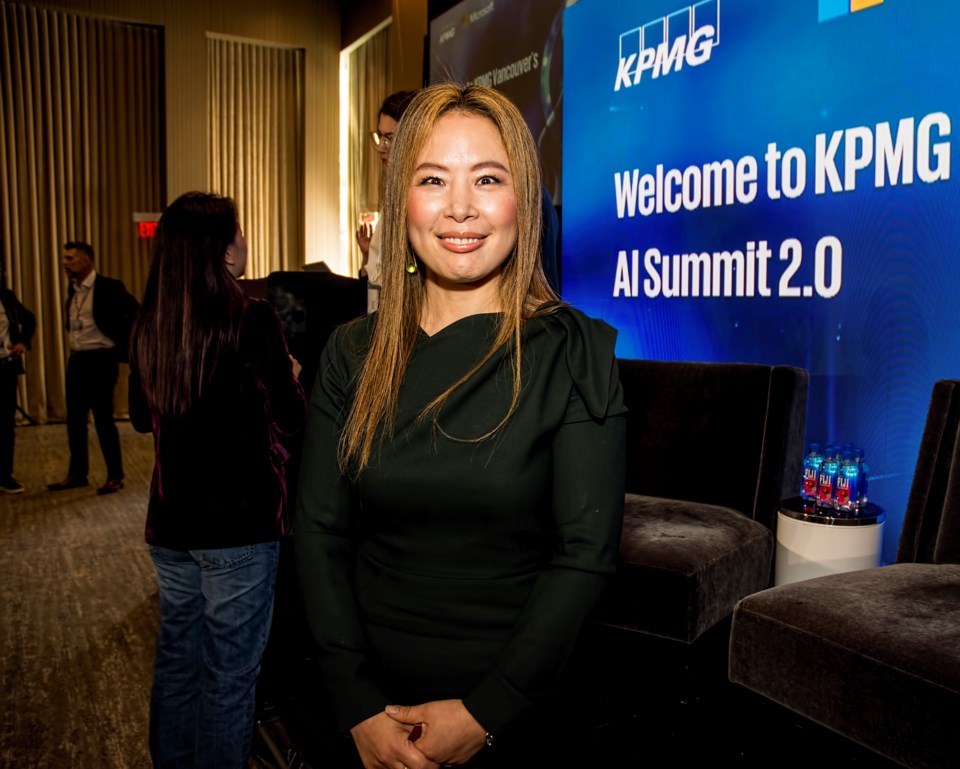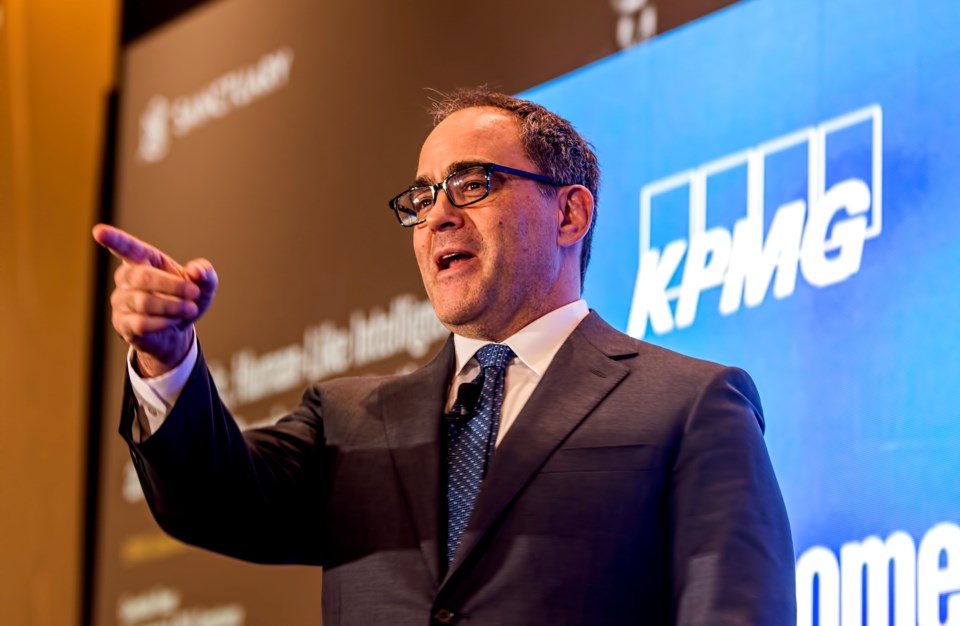Artificial Intelligence (AI) applications are improving at extraordinary speed, prompting industry insiders to envision how these technologies will radically alter the global economy.
Corporate executives across sectors have jumped on the AI bandwagon, fearing adoption delay will result in their ventures falling hopelessly behind faster-moving competitors.
Many companies may soon start using AI-powered humanoid robots, which could influence the kinds of jobs available to humans in the future.
Some industry insiders say they believe robots will take over and handle most tasks, leaving humans to only perform activities that they want to perform.
Others foresee AI nibbling away at pieces of jobs, or specific tasks within jobs that employees currently perform. That could result in one person being able to complete work that currently requires dozens of workers.
Declining population fuels need for humanoid robots
Demographics are driving the need for AI-powered humanoid robots, which can think and act like people.
After all, the globe’s human population is shrinking.
Canada’s fertility rate hit an all-time low in 2022, when Statistics Canada calculated that the average Canadian woman had 1.33 children—lower than at any time in more than a century of data, and a 7.4-per-cent decline from 2021. That was the largest annual decline in 50 years.
Back in 1960, the average Canadian woman bore nearly four children.
“The reason is access to technology and education,” said Sanctuary AI CEO Geordie Rose, whose company has so far produced seven generations of humanoid robots, though none that fully think and act like humans.
“When people have the choice to not have children, they choose not to have children.”
Importing immigrant workers from around the world is how the Canadian economy has been able to cope with the country’s long-term decline in fertility rates.
Getting immigrants with the right skills and education to meet economic needs may prove more challenging in the future, given that fertility rates in developing nations have also fallen sharply in recent years, Rose explained.
Other advanced nations will also be vying for immigrants.
Rose pointed to South Korea as a place with the world’s lowest fertility rate. With a 0.81-per-cent fertility rate in 2023, the rate is so low that if it stays that way, in three generations there will be a 96-per-cent drop in organic population growth, Rose said.
“This isn’t science fiction. It’s not some weird futurist projection,” Rose said, adding that his estimate is based on how many children are currently being born in South Korea.
South Korean population growth without immigration may be even slower, given that the country’s fertility rate continues to fall each year, he said.
Fewer children will mean insufficient workers to make food, cars and homes, much less to care for the elderly.
People may think that this could mean that they will have to wait a bit longer for their DoorDash (Nasdaq:DASH) order, or that stores might be open for fewer hours.
“No, that’s not how it works,” Rose said. “The systems break. There are phase transitions in these things where they go from working perfectly to not working at all if you take away enough parts. My fear is that the systems upon which our world is built depend on the number of people we’ve got. If you take away those people, those systems fail and civilization crashes.”
Big Tech comes to the rescue
Big Tech titans have responded to the potential soaring demand for labour by recently investing money to produce advanced humanoid robots.
Tesla Inc. (Nasdaq:TSLA) CEO Elon Musk has steered billions of his company’s dollars into funding a robot program he calls Optimus.
Amazon.com Inc. (Nasdaq:AMZN) founder Jeff Bezos is among other investors who have joined forces to pour billions of dollars into a humanoid-robot venture known as Figure AI. One of those investors, Vancouver-based KITS Eyecare Ltd. CEO Roger Hardy, told BIV that his capital investment so far is $3 million.
The way Rose tells it, however, his Vancouver-based company is the real innovator of humanoid robots, and everyone else is a copycat.
He started on his mission to build humanoid robots 15 years ago. His aim was to make conscious, sentient beings with intelligence, feelings and emotions, he said at a Vancouver AI conference hosted late last month by KPMG and Microsoft Corp. (Nasdaq:MSFT).
“We have a lot of mimics,” Rose said. “One of them is Elon’s Optimus program. This was copied from us. That’s interesting but not talked a lot about on [the Musk-owned] Twitter, for obvious reasons.”
Rose said he believes Musk has come around to wanting to build humanoid robots because the market for labour is much bigger than the one for cars.
Hardy told BIV that he estimates that the humanoid-robot market could reach about US$40 trillion.
The sudden investment surge is because people now believe that AI-powered robots that think and act like humans will soon be possible to build, Rose said.
While that is not yet happening, firms’ capacity to do it is getting close, he said.
The approximately 200-employee Sanctuary AI, which is looking to hire 50 more workers, released the seventh generation of its Phoenix humanoid robots in April, and with each successive generation, the robots are more like humans.
Rose estimated that in 2020 it took 11,200 days to train an AI neural network roughly the size of the human brain to do tasks. Last year, it took about 140 days. He estimates that next year, it will take 14 days.
“Almost all of this started in Canada. All this neural-net stuff started here,” Rose said. “It pisses me off because all of the money is being made somewhere else.”
He told BIV after his presentation that Vancouver has many smart people building technologies, but money is flowing to companies south of the border because that is where the Big Tech companies are based.
Seattle technology workers tend to earn more, which can draw top talent.
“It’s not just about the workers there,” Rose said. “There is also [a lower] business tax. Businesses might do better if they have less tax.”
Most organizations yet to adopt AI
About 59 per cent of B.C. businesses do not use AI and are not in the process of adopting it, according to a recent Deloitte survey.
Moreover, executives at 52 per cent of organizations in B.C. say they are “uncomfortable” that they have the skills to build and effectively use AI. That is higher than other provinces.
Part of the problem cited by those executives was their inability to find and hire employees able to deploy and leverage AI.
Canada-wide, 48 per cent of business leaders said they felt their employees were not prepared or were barely prepared to use AI, while only five per cent said their workers are “very prepared,” according to Deloitte’s Global disruption in 4D: Exploring intersecting forces impacting Canada’s future report.
Fraser Health Authority CEO Victoria Lee told BIV that while her company is not yet using humanoid robots, it has invested “millions” of dollars into using AI.
“We have some robotics that we’ve introduced for Burnaby [General Hospital],” she said. “We have one coming to Royal Columbian Hospital, as well as to Surrey. So with robotics and surgery, that is already advancing quite a bit.”

She explained that these non-humanoid robots specialize in surgery, can make tiny holes or incisions to help surgeons with operations and have been in use within Fraser Health for more than one year.
“We’re the first in the world to partner with Google on some of the pre-generated notes [technology,]” she said of an initiative launched earlier this year. “We work with Meditech and Google.”
Health professionals historically have had to spend time reiterating in note form parts of patients’ health records. The AI-based note-taking technology autogenerates the notes for a doctor or nurse to then verify for accuracy.
“We’re taking that burden away so that time can be used for caring for patients,” Lee said.
She said she believes Canada needs to invest more to spur AI adoption in the country.
Prime Minister Justin Trudeau in April announced a $2.4 billion investment to expand Canada’s AI sector.
Compared with the investments being made by large U.S. technology companies, that might be considered peanuts.
“If we do things the way we normally do things, it will be like spreading peanut butter across the whole country,” Lee said. “And $2.4 billion isn’t very much money. It is as much as [OpenAI CEO] Sam Altman would spend on one tiny, little project.”





